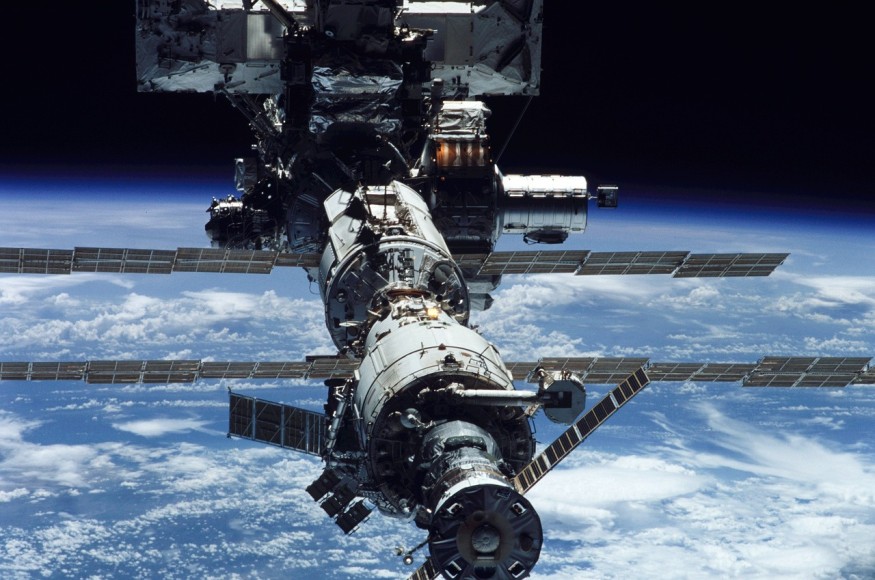The International Space Station (ISS) recently ignited its thrusters to maneuver out of the way of the predicted path of the space debris left when Russia blew up one of its satellites last year.
The anti-satellite test resulted in the space station moving, although NASA said that it did nothing to the spacecraft and crew members were told to cover inside escape pods.

Russia's Anti-Satellite Test
On November 15, 2021, Russia tested and demonstrated an anti-satellite (ASAT) weapon system by targeting and destroying one of its inactive satellites orbiting at about 300 miles above Earth's surface, per Foreign Poly's report. The satellite debris, which the US estimates to be over 1,500 pieces, now orbits the planet and will be there for a long time.
Countries such as the US, the UK, France, Germany, Japan, and South Korea condemned Russia's action. They accused Moscow of being irresponsible and endangering other satellites, the ISS, the Chinese space station, and astronauts in low Earth orbit. Russia's action has raised questions about why they tested and demonstrated their ASAT capability last year.
Some theories believe that the country achieved two goals at that time. One was to enhance its defense and deterrence capabilities and project its power before testing, demonstrating, and using ASAT technology prohibited or restricted by international mechanisms.
According to the National News, only a few countries have tested ASAT before, including India in 2019, China in 2007, and the US in 2008. But countries are concerned that Russia's ASAT test created high levels of space debris that could endanger astronauts and satellites. Astronauts aboard the ISS at that time sought emergency shelter in case the space debris will hit the orbiting laboratory.
The US has banned these tests and encourages others to do the same. So far, Canada, Germany, Japan, New Zealand, South Korea, and the UK have joined the ban.
READ ALSO : Russia's ASAT Mission 'Aggressive' and 'Irresponsible Behavior' Contradicts IADC Basic Ethics
Russian Satellite Debris Could Have Hit ISS
NASA said in an announcement on Monday, October 24, that the maneuver happened at 8:25 pm ET on that day and raised ISS about 1,056 feet from its original orbit.
They noted that the space debris could have passed within about three miles of the space station without the maneuver. MailOnline reported that it was not the first time that ISS had to swerve as it did so last June and fired its thrusters for more than four minutes to shift its course out of the path of the moving space debris.
Space debris consists of discarded launch vehicles or parts of satellites or spacecraft floating in space hundreds of miles above Earth's surface. Explosions in space or missile tests to deliberately destroy satellites also result in space debris.
The EU space Surveillance and Tracking (EU SST) said that kinetic ASAT tests are usually carried out against objects for strategic purposes or to demonstrate technological capabilities.
RELATED ARTICLE : Russia's Anti-Satellite Weapon Test Created 1,500 Space Junk, Prompting Astronauts in the ISS to Take Shelter in Escape Pods
Check out more news and information on Space in Science Times.












